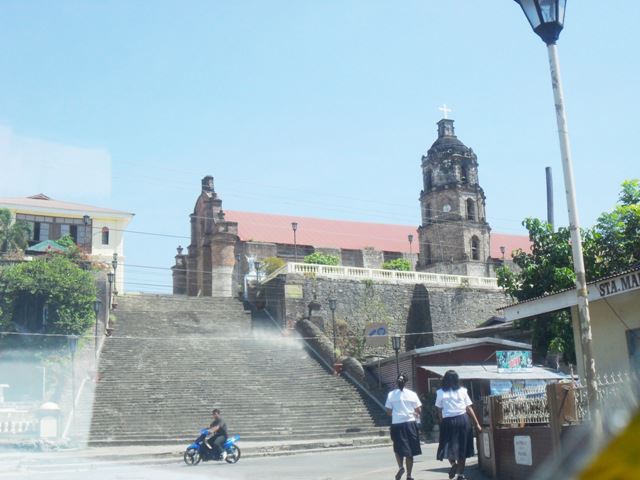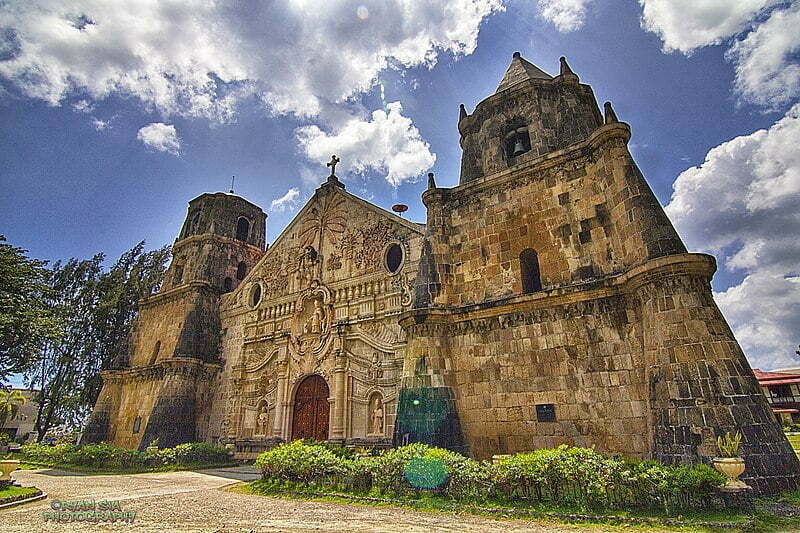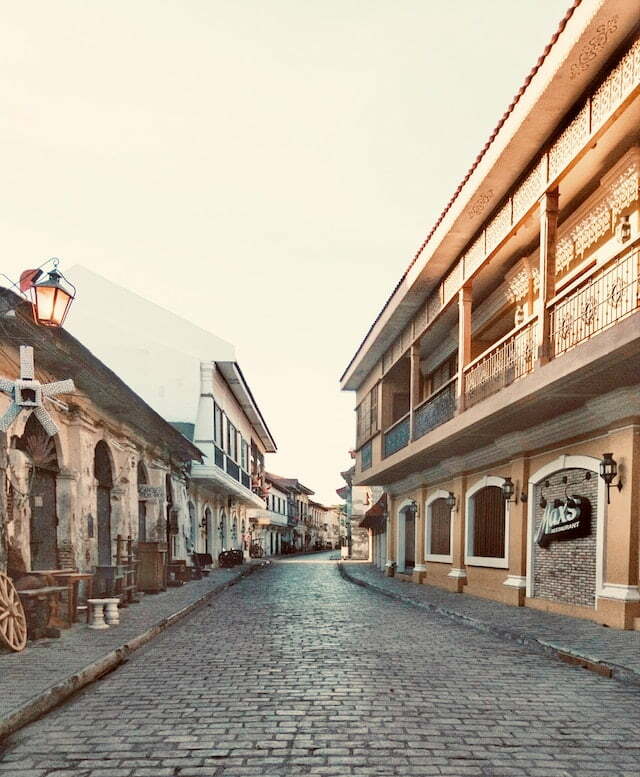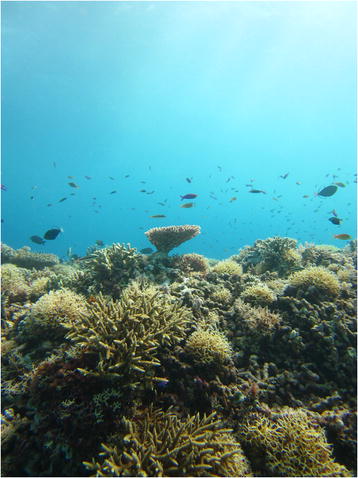The Philippines is famous for its stunning beaches and welcoming locals. However, few know that six UNESCO World Heritage Sites exist in this Southeast Asian country. These cultural and natural attractions are impressive artificial and natural structures. They highlight this stunning archipelago’s diverse heritage.
So, if you plan to visit the Philippines, include these beautiful heritage sites in your itinerary.
World Heritage Sites – Cultural
Cultural landmarks refer to human-made tourist spots recognized as UNESCO World Heritage Sites. They display the pinnacle of human intellect and ingenuity.
1. Baroque Churches in the Philippines
Four churches exist in Manila, Santa Maria, Paoay, and Miag-ao. The Spanish constructed the oldest of these churches in the late 16th century. The distinctive architecture mixes European Baroque design with Chinese and Filipino makers’ creativity.
· San Agustin Church in Paoay, Ilocos Norte

The Church of San Agustín in Paoay is a remarkable example of the ‘Earthquake Baroque’ in the Philippines. It boasts 14 buttresses arranged like a giant volute, supporting a smaller one, topped with pyramidal finials. In addition, the nave walls have a pair of buttresses with stairways for roof access.
The lower part of the apse and the walls are coral stone blocks, while the upper levels are brick. However, the façade has a reversed order. The coral stone bell tower is a massive structure built fifty years after the church’s completion. It is at a distance from the church to protect it from earthquakes.
· Nuestra Señora de la Asuncion Church in Santa Maria, Ilocos Sur

The Nuestra Señora de la Asuncion Church in Santa Maria is unlike other town churches in the Philippines. Per Spanish tradition, most churches in the country are on the central plaza. However, this church and its convento are on a hill surrounded by a defensive wall.
The church’s Convento is parallel to its façade. The bell tower is at the nave wall’s midpoint, a characteristic of Philippine-Hispanic architecture. The church has a monumental façade and a straight roofline covering a long rectangular building.
The church’s walls are plain, but intricately carved side entrances and robust buttresses adorn them. Rumor has it that the church’s building on a solid raft was a precaution against earthquake damage.
· Santo Tomas de Villanueva Church in Miagao, Iloilo

The Church of Santo Tomas de Villanueva is at the highest part of Miagao as a lookout against Muslim raids. This church is a remarkable example of ‘Fortress Baroque,’ with its towers standing tall and proud. The façade has rich decorative elements that showcase the Filipino’s interpretation of Western designs.
The pediment displays Saint Christopher wearing native garments and piggybacking the Christ Child. He’s also holding a coconut palm for support. The bell towers, on the other hand, are massive and tapering, adding to the overall grandeur of the church.
2. Vigan City, Ilocos Sur

The 16th-century city of Vigan is the finest surviving illustration of a planned Spanish colonial town in Asia. Its architecture shows the cultural influences of the Philippines, China, and Europe. You can only find this unique mixture of cultural elements in the country.
Vigan is an outstanding example of a trading town that amalgamates both European and Asian architectural styles. It blends Asian building styles with European colonial architecture and planning.
The town is in the delta of the Abra River, near the northeast point of Luzon Island and off the coastal plain of the China Sea. The municipality has nine urban districts and thirty rural villages. However, agriculture still occupies almost fifty percent of the total area. The Govantes and Mestizo rivers bound the Historic Core Zone on two sides.
3. Rice Terraces in Ifugao, Cordillera Administrative Region

For 2,000 years, the Ifugao high rice fields have followed the mountain contours. It helps create a landscape expressing the harmony between humankind and the environment.
The rice terraces are cultural landscapes that have been around for centuries. Primarily used for growing rice, they serve as a testament to traditional techniques that are still relevant today. These terraces showcase the harmony between humans and nature. Moreover, they demonstrate sustainable farming practices in mountainous areas. These terraces remain unspoiled by colonial cultures, making them a unique monument in the Philippines.
The Cordillera tribes of the Philippines have preserved their genuine tribal culture. As a result, they have successfully resisted foreign domination.
World Heritage Sites – Natural
The UNESCO World Heritage Sites that fall under the Natural category are those that have come from the earth. They also possess distinctive geological features. These breathtaking natural formations are worth exploring when planning your next trip to the country.
4. Tubbataha Reefs Natural Park in Puerto Princesa, Palawan

Tubbataha Reefs Natural Park is at the heart of the Sulu Sea, encompassing Tubbataha and Jessie Beazley Reefs. It spans over 100,000 hectares of top-notch marine habitats, including three atolls and a vast deep sea section. The area is teeming with extensive marine life, such as whales, dolphins, sharks, turtles, and Napoleon wrasse.
The reef ecosystems are magnificent, with over 350 coral and almost 500 fish species. Additionally, the reserve safeguards the region’s last remaining colonies of breeding seabirds.
5. Subterranean River National Park in Puerto Princesa, Palawan

The Subterranean River National Park has a network of caves and limestone karst landscapes. It also has an untouched old-growth forest with unique and diverse wildlife.
This remarkable natural wonder is on the mid-western coast of Palawan. The park spans an area of about 22,202 hectares and boasts an 8.2 kilometers long underground river.
This underground river system is unique as it flows directly into the sea. It is a globally significant natural phenomenon because tides in its lower half influence it. The river’s cavern has spectacular rock formations that will capture your attention. The entire property boasts a diverse ecosystem, from the mountains to the sea.
6. World Heritage Sites: Mount Hamiguitan Range Wildlife Sanctuary in Davao Oriental

The Mount Hamiguitan Range Wildlife Sanctuary runs along the Pujada Peninsula. It has a north-south running mountain ridge. The sanctuary comprises various terrestrial and aquatic habitats.
The sanctuary supports several plant and animal species. In addition, it is home to several endemic and globally threatened flora and fauna species, including the following:
- Endangered trees and plants
- The Philippine Cockatoo
- The iconic Philippine Eagle.
Final Thoughts
The Philippines boasts six UNESCO World Heritage Sites. It is home to various animals, plants, marine life, and cultural wonders. Include these sites in your travel itinerary for a unique experience encompassing culture and nature in equal measure.
